A scientist is attempting to make water by combining hydrogen and oxygen gas. During this experiment, hydrogen and oxygen gases are reacted in an electric arc to produce water as follows:
The experiment is repeated three times and data tabulated as shown below:
Experiment number
Mass of reacted
Mass of reacted
Mass of produced
During experiment the researcher forgot to list masses of and used. So, if the law of constant proportion is correct, then find the mass of used during experiment and also find the mass of hydrogen reacted.
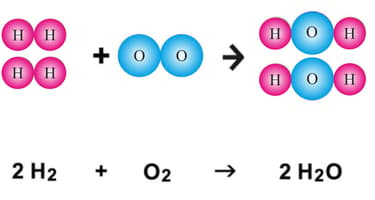
The experiment is repeated three times and data tabulated as shown below:


Important Questions on Atoms and Molecules
Four students Rekha, Anay, Rajiv and Saniya decided to verify the law of conservation of mass. They choose a reaction between barium chloride and sodium sulphate which is an example of a double displacement reaction. The chemical equation is as follows:
They took four different apparatus to perform the experiment;
Rekha gives (i) to her experimental set-up.
Anay gives (ii) to her experimental set-up.
Rajiv gives (iii) to her experimental set-up.
Saniya gives (iv) to her experimental set-up.
Select from the following figure(s) that correctly represent(s) the experimental set-up for the verification of conservation of mass in a chemical reaction.
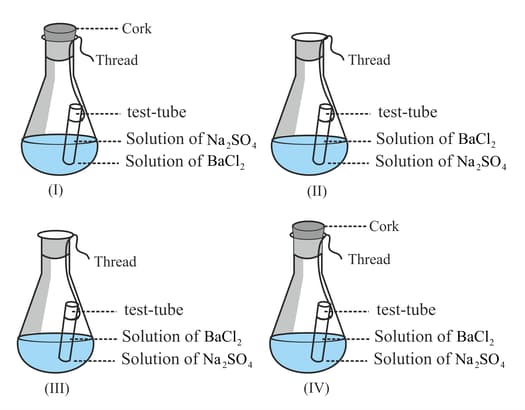
Mr. Raman while studying about the elements drew some figures on a blank sheet. He stated that elements are made up of same kind of atoms and some of these elements exist as monatomic, diatomic or triatomic molecular forms, "for example a molecule of oxygen gas is diatomic and contains two oxygen atoms." The picture he drew is shown below:
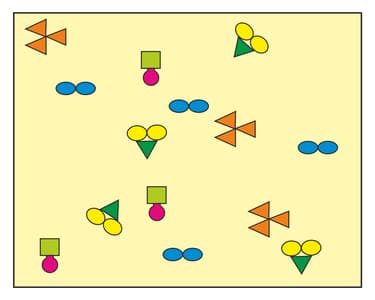
Can you identify how many combinations of elements are shown in the picture? Also, provide your hypothesis on compounds if any illustrated by Mr. Raman.
Every element is represented by its unique symbol. And symbols are used to represent the molecules of a compound as well as the molecules of elements. These molecules on the basis of the number of atoms combined in it are categorised as monatomic, diatomic or triatomic etc. You can understand the difference between atoms and molecules from the figure illustrated below. The image clearly illustrates the formation of the molecule of the elements.
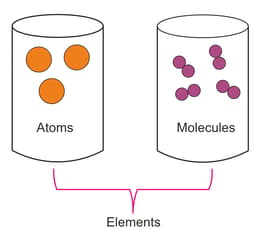
Identify the compound from the following:
In school, the teacher taught about the law of constant proportions. A curious student thought to do the experiment and validate the law. He prepared some copper oxide from two different methods. In the first experiment, of copper oxide was obtained from of copper. In second experiment, of copper oxide gave, on oxidation, of copper. Show with the help of calculations that these figures verify the law of constant proportions.
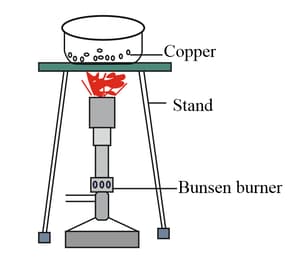
Two elements X and Y wanted to form a compound together.
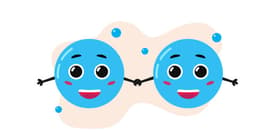

Element X said that he has the number of p = , number of e = , number of neutrons = .
Then element Y said that he has number of p = , number of e = , number of neutrons = .
The electrons in them are revolving around the nucleus in the orbits.
What are the names of the elements X and Y? When these two elements combine to form a compound, what will be the formula of the compound? Give the mass (in grams) of one mole of this compound.
mole of sodium, molecules of , atom of iron, and atoms of silver were having group discussions among themselves regarding their properties. In this discussion, one of the topics was the weight of the substances. So, they started comparing their weights to each other, but they were not able to come to any conclusion. Anand, a class 10 student, was passing from there, so they decided to take Anand's help to compare their weights.
Anand has been recently taught that for finding the mass of any element or any molecules, we should first know the atomic mass and molecular mass of the elements and molecules, respectively, and the number of moles and number of molecules of given substances. With the help of Anand, a group of students came to understand the real chemistry behind the calculation of the weight of any element or molecule. So, based on the knowledge they got from Anand, they calculated the weight of each of them.
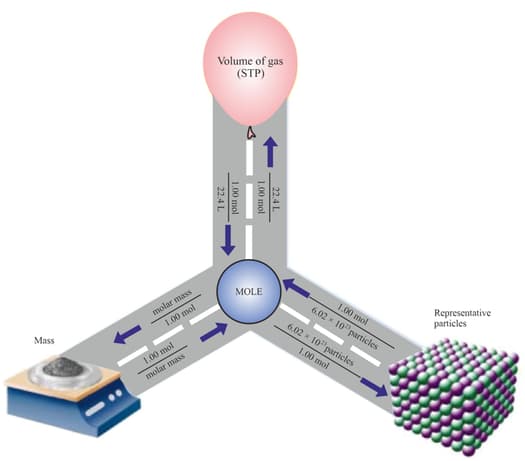
Now, can you be able to answer which of the following weighs the most?
(i) mole of sodium (ii) molecules of
(iii) atom of iron (iv) atoms of silver
(Atomic masses )
The element X is a yellow-green gas at room temperature. This element was first used in World War II to kill. It is used in drinking water and swimming pool water to kill harmful bacteria. This element, in the form of CFC, is very harmful to the ozone layer and causes a severe danger to our climate.
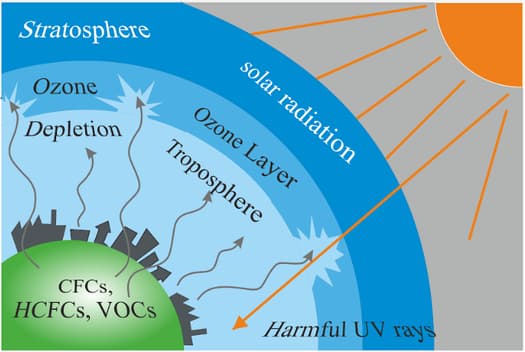
From the above explanation, can you answer the below question?
i) What is the name of the element and its atomic number?
ii) What would be the number of electrons of the element in its charge state?
We have been given element X which is very reactive and catches fire easily; hence it is stored in kerosene. Element X is very soft and can be easily cut with a knife. Element X is one of the major minerals that our body needs in relatively large amounts to stay healthy. We can find this element naturally in a variety of foods, but it is often common that we have it as the chloride of element X, also known as table salt. Element X contains three shells. The last shell contains one electron, and this electron is known as the valence electron.
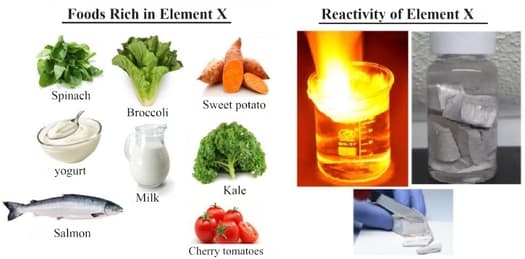
By reading the above explanation, what would element X be? What would be the nature and value of the charge on the ion formed if the valence electron was removed from the outermost shell of element X?
